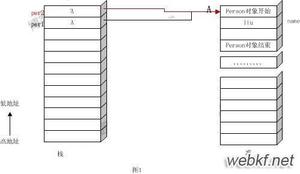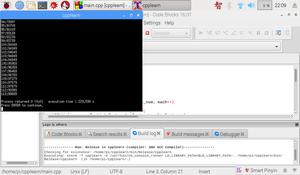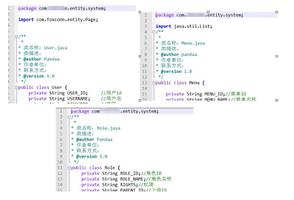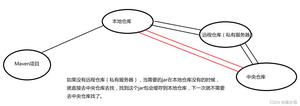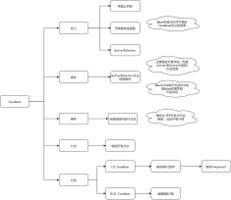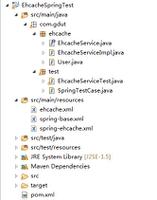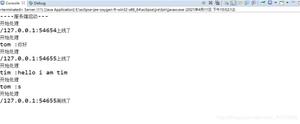什么是Java 9中的统一JVM日志记录?
Java 9可以为JVM组件提供详细级别的通用日志记录系统。通过使用新的命令行选项: -Xlog用于所有日志记录设置和 统一的JVM日志记录,为我们提供了易于配置的工具,可以对复杂的系统级JVM组件进行根本原因分析(RCA) 。
命令行 -Xlog可用于控制所有日志记录JVM组件。-Xlog的参数 遵循以下规则:
已按照在命令行中显示的顺序应用了多个参数。
最后的配置规则:对于相同的输出,多个参数可以按给定的顺序相互覆盖。
Xlog:disable关闭所有日志记录并清除日志记录框架的所有配置(包括警告 和错误)。
语法
-Xlog:tag[*][=level][:output:decoration:output-option],tag...
-Xlog:帮助打印-Xlog 使用语法和可用的标签,级别,修饰符以及一些示例命令行。
1)标签:显示日志消息后,它与JVM中的一组标签相关联,这些标签通过名称进行标识:os,gc,模块。我们为单个标签应用了不同的设置,“ *”表示“通配符”标签匹配。
2)级别:我们在不同级别执行日志记录,可用级别为错误,警告,信息,调试,跟踪和开发。要禁用日志记录,然后使用替代关闭。
3)输出:输出支持三种类型:stdout,stderr和文本文件,用于根据写入的大小和要旋转的文件数来设置日志文件的旋转。
4)装饰器:还有更多有关装饰器的消息的详细信息。这是列表:
time / timemillis / timenanos:当前时间和日期(ISO-8601格式)
uptime / uptimemillis / uptimenanos:自JVM启动以来的时间
pid:进程标识符
tid:线程标识符
级别:与日志消息关联的级别
标签:与日志消息关联的标签
C:\Program Files\Java\jdk-9.0.4\bin>java -Xlog:help-Xlog Usage: -Xlog[:[what][:[output][:[decorators][:output-options]]]]where 'what' is a combination of tags and levels of the form tag1[+tag2...][*][=level][,...]
Unless wildcard (*) is specified, only log messages tagged with exactly the tags specified will be matched.
Available log levels:
off, trace, debug, info, warning, error
Available log decorators:
time (t), utctime (utc), uptime (u), timemillis (tm), uptimemillis (um), timenanos (tn), uptimenanos (un), hostname(hn), pid (p), tid (ti), level (l), tags (tg)
Decorators can also be specified as 'none' for no decoration.
Available log tags:
add, age, alloc, aot, annotation, arguments, attach, barrier, biasedlocking, blocks, bot, breakpoint, census, class, classhisto, cleanup, compaction, constraints, constantpool, coops, cpu, cset, data, defaultmethods, dump, ergo, exceptions, exit, fingerprint, freelist, gc, hashtables, heap, humongous, ihop, iklass, in it, itables, jni, jvmti,liveness, load, loader, logging, mark, marking, methodcomparator, metadata, metaspace, mmu, module, monitorinflation,monitormismatch, nmethod, normalize, objecttagging, obsolete, oopmap, os, pagesize, patch, path, phases, plab, promotion,preorder, protectiondomain, ref, redefine, refine, region, remset, purge, resolve, safepoint, scavenge, scrub, stacktrace,stackwalk, start, startuptime, state, stats, stringdedup, stringtable, stackmap, subclass, survivor, sweep, task, thread,tlab, time, timer, update, nload, verification, verify, vmoperation, vtables, workgang, jfr, system, parser, bytecode,setting, event Specifying 'all' instead of a tag combination matches all tag combinations.
Described tag combinations:
logging: Logging for the log framework itself
Available log outputs:
stdout, stderr, file=
Specifying %p and/or %t in the filename will expand to the JVM's PID and startup timestamp, respectively.
Some examples:
-Xlog
Log all messages using 'info' level to stdout with 'uptime', 'levels' and 'tags' decorations.
(Equivalent to -Xlog:all=info:stdout:uptime,levels,tags).
-Xlog:gc
Log messages tagged with 'gc' tag using 'info' level to stdout, with default decorations.
-Xlog:gc,safepoint
Log messages tagged either with 'gc' or 'safepoint' tags, both using 'info' level, to stdout, with default
decorations.
(Messaged tagged with both 'gc' and 'safepoint' will not be logged.)
以上是 什么是Java 9中的统一JVM日志记录? 的全部内容, 来源链接: utcz.com/z/326898.html

